Affiliate links on Android Authority may earn us a commission. Learn more.
The next step in mobile graphics looks like a game changer (literally)
August 11, 2017
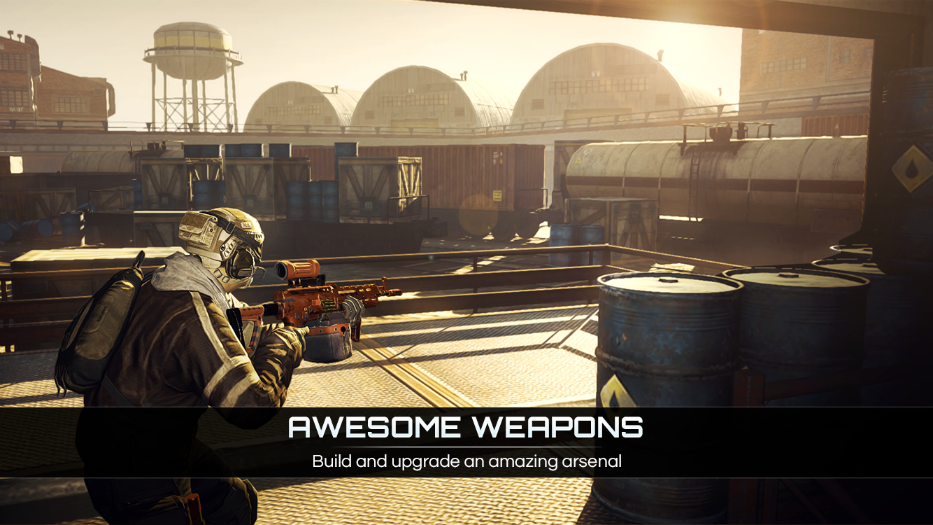
Gaming is huge, over $100 billion per year huge, according to a recent report published by Newzoo. And mobile gaming is a significant chunk of that. In 2017 it is estimated that mobile games will generate $46.1 billion. As you can imagine, every game developer wants a slice of that pie.
Games come in all shapes and sizes. For example, Google Play has 17 different subcategories for mobile gaming from Action to Trivia. From a hardware point of view, games fall into two distinct categories: those that take advantage of a device’s GPU and those that don’t ask much of the GPU. The latter includes the majority of simple 2D games, whereas the former is dominated by 3D games.
However there is a new category of gaming which is emerging on both Android and iOS. Games that push the GPU to the max. Graphically intensive games (also known as high fidelity games) are pushing mobile gaming towards experiences previously only seen on consoles.
High fidelity
High fidelity games aren’t just first person shooters, here you will also find racing games, Multiplayer Online Battle Arenas (MOBAs) and all types of Massively Multiplayer Online (MMO) games.
To classify as high fidelity, a game needs to exhibit the following types of features:
- Advanced 3D graphics with high vertex counts
- Complex vertex and fragment shaders
- Sophisticated gameplay possibly including AI controlled characters
- Sustained high levels of GPU demand
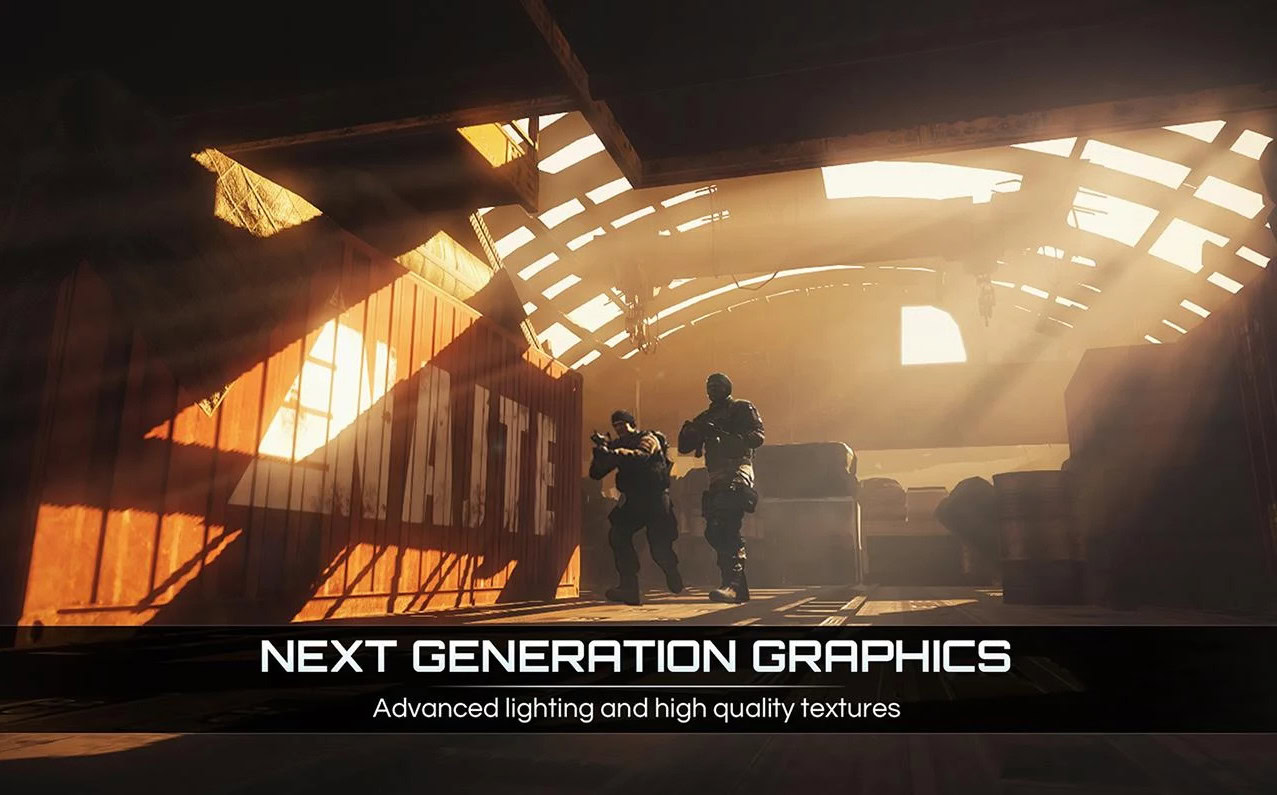
In the West, these high fidelity games account for between 5% and 10% of the top grossing games, while in China it is more than 40%.
In North America 45 of the top 200 Android games are high fidelity games including titles like Madden NFL, CSR Racing 2 and World of Tanks Blitz. In Europe, that number is higher where 60 of the top 200 games are high fidelity. Popular gaming apps for Europe include Real Racing 3 and Need for Speed No Limits.
However the real high fidelity game aficionados are the Chinese, where 134 of the top 200 games can be considered high fidelity. In 2016 more than 42% of the top grossing game revenues went to high fidelity games in China.
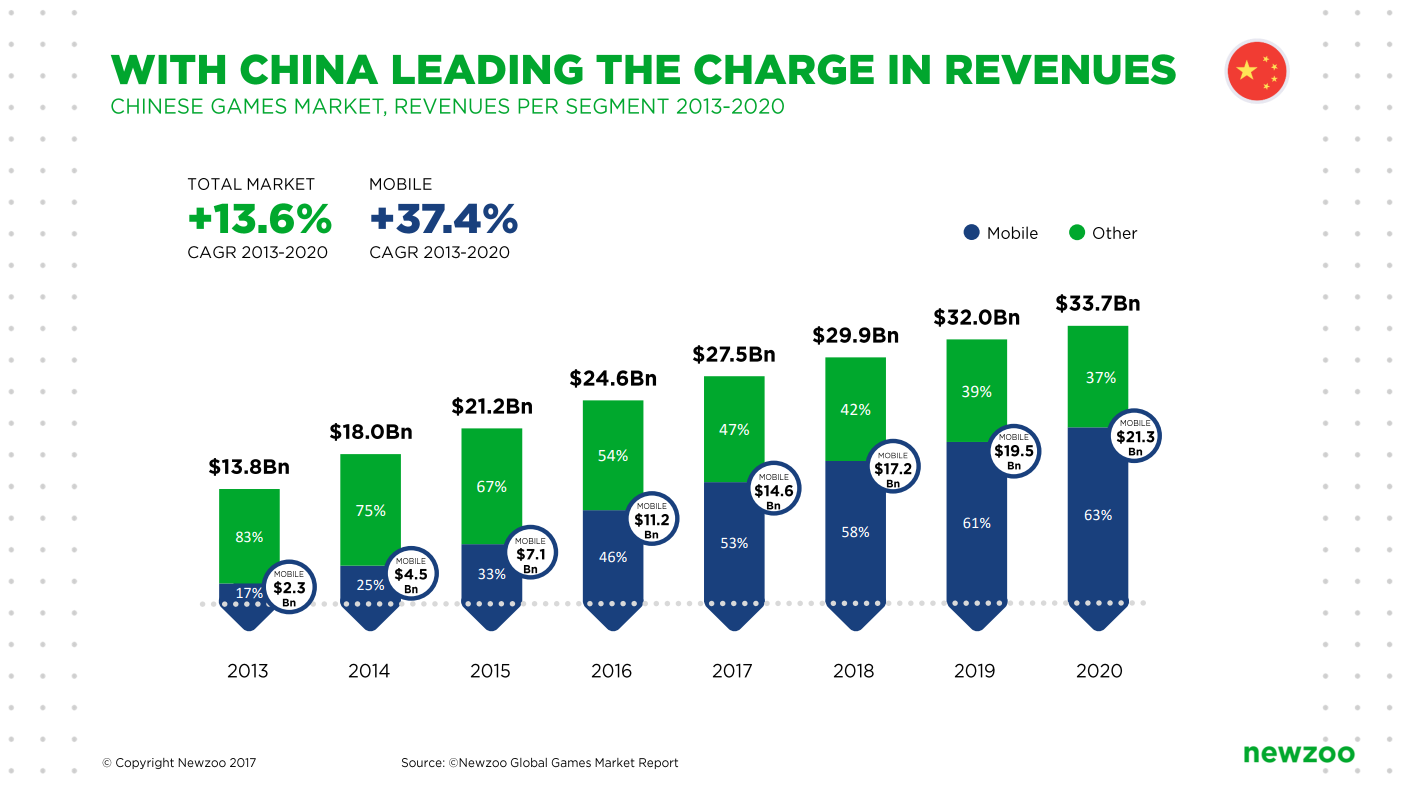
Which GPU?
To succeed as a high end, high fidelity game, any given title needs to be optimized to get the best results from the GPU without killing the battery.
One of the strengths of the Android ecosystem is the diversity of devices available. From flagship smartphones to inexpensive tablets and from TVs to Auto, Android is everywhere. Today you can even run Android apps on Chrome OS.
Inside these Android devices there are different SoCs (System-on-a-Chip) however they all have a few things in common. First of all, 99.5% of these SoC use CPUs built on the ARM architecture. Secondly they all include a GPU.
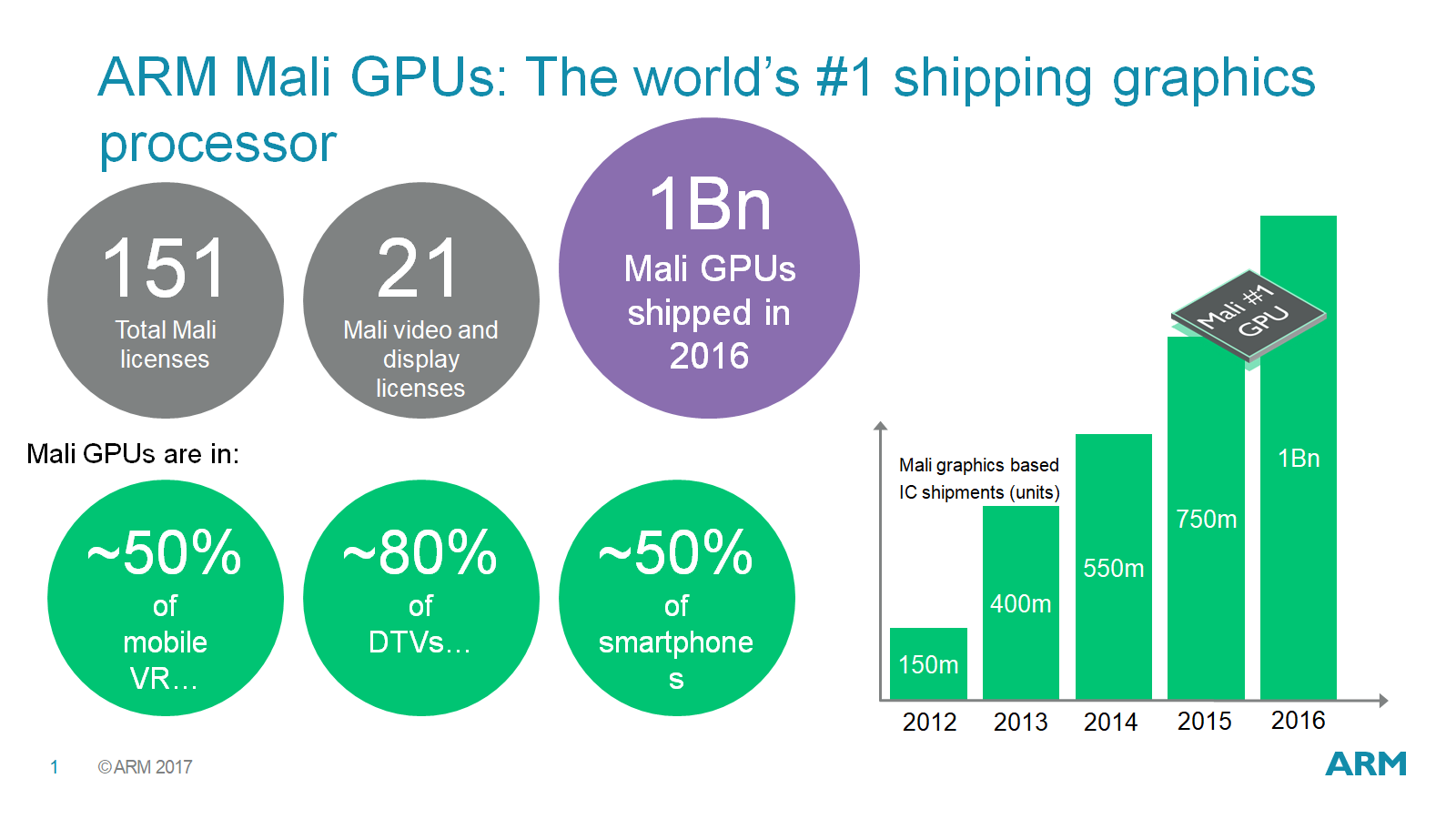
SoCs from Samsung, HUAWEI, MediaTek and Xiaomi are all prime examples of processors with ARM based CPUs and advanced GPUs.
50% of all smartphones use a Mali GPU from ARM. It is the GPU of choice for all the SoC makers listed above. Latest generation Mali GPUs are found in the flagship Samsung Exynos, and HUAWEI Kirin SoCs, while high efficiency Mali GPUs are built into the MediaTek Helios and Xiaomi Surge processors.
Optimizing for ARM Mali GPUs ensures that a high fidelity game developer covers a large portion of popular Android devices. But it isn’t only about the popularity of the Mali GPU.
ARM has a suite of Mali optimization tools that can be used to reduce the GPU bandwidth requirement (and so save battery power) as well as enhance gameplay. These tools use advanced 3D rendering techniques to maximize the efficiency of Mali GPUs.
One such advanced technique is called deferred shading and it is a common rendering method used in high fidelity games. Using deferred shading the geometry is decoupled from the lighting and when used with Pixel Local Storage it allows the reuse of tile buffers between rendering passes. The result is a decrease in bandwidth and higher efficiency.
Because the scene geometry is decoupled from the lighting then each light source is only computed for those pixels that are actually affected by that source. This means that many lights can be added to a scene without a significant performance hit. Exactly what is needed for high fidelity games!
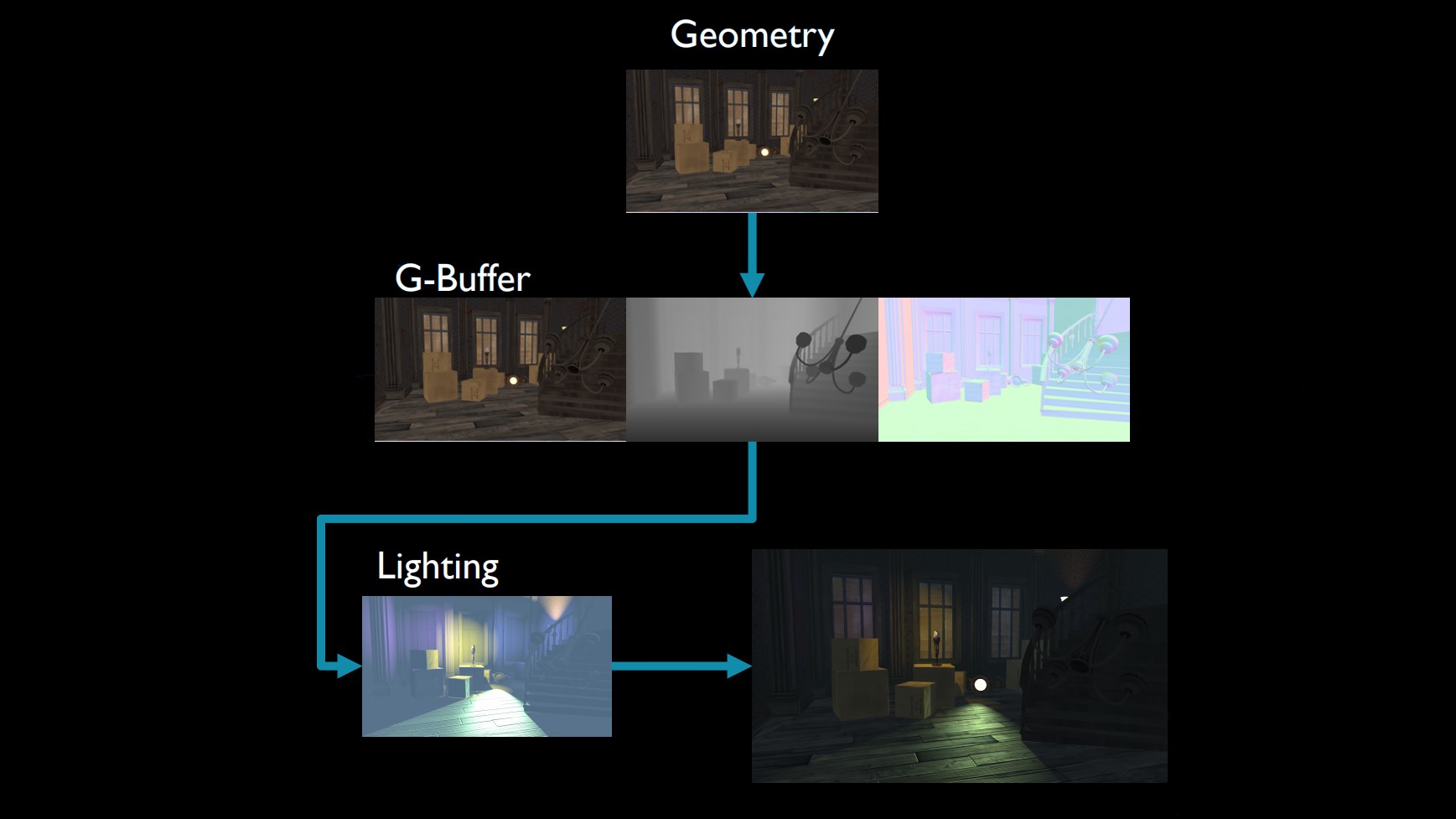
Wrap-up
While simplistic games will always have a place on mobile, the new frontier in terms of technology and in terms of game revenues is graphically intensive games. These games push the boundaries of mobile gaming. You can find out more about the ‘Growth of High Fidelity Mobile Gaming’ in Newzoo’s report.
Over the next few years we are going to see more high fidelity games appear on the Play Store and increased competition between GPU makers to dominate this segment.
ARM Mali GPUs are well positioned in this new segment because of the advanced nature of the Mali GPU hardware, its support for the latest APIs (like OpenGL ES 3.2 and Vulkan), its popularity among mobile device makers, and its optimization tools.
Do you play high fidelity games on your smartphone or tablet? If so, which games do you play and what device do you use to play them? Please let us know in the comments below.